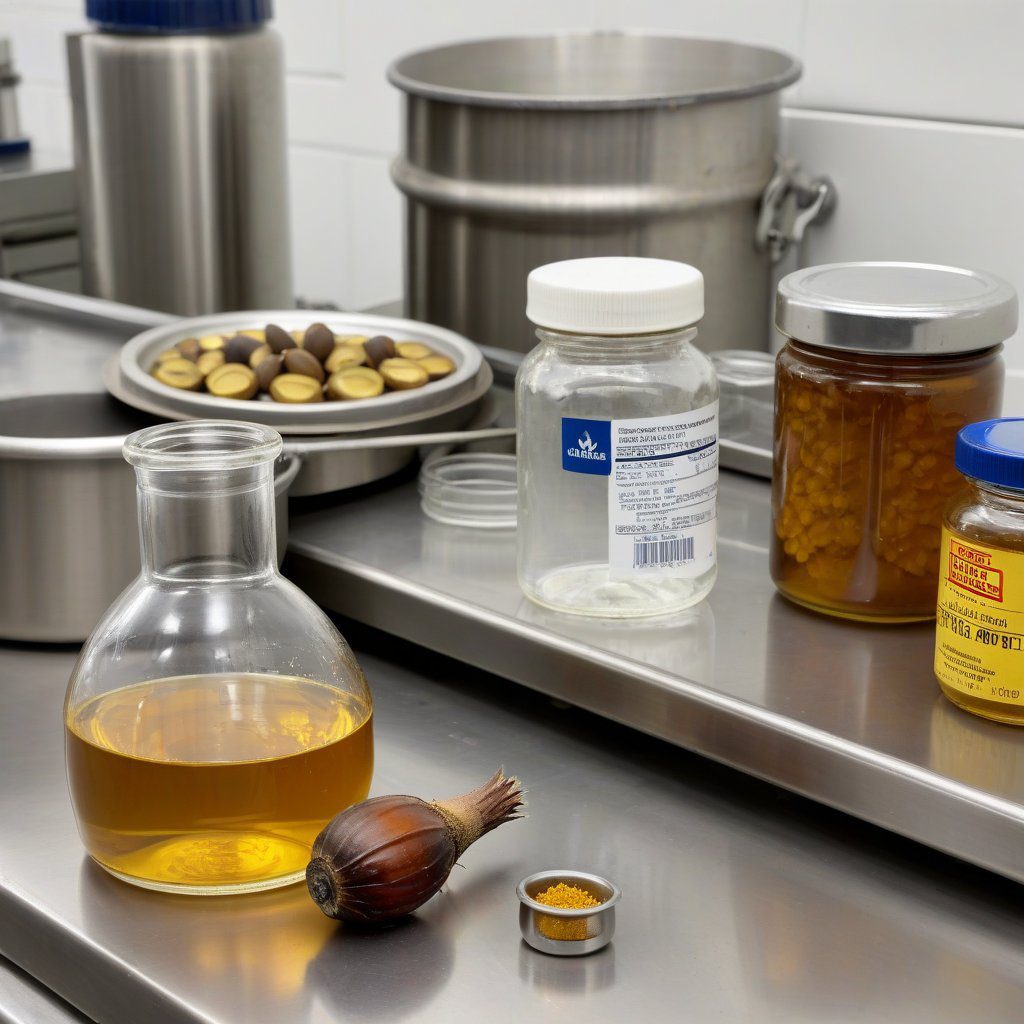Understanding Chemical Pricing Strategies
Chemical pricing strategies are essential tools used by companies in the chemical industry to determine the optimal price for their products. These strategies take into account various factors, including production costs, market demand, and competitive pricing. By understanding the intricacies of chemical pricing, suppliers such as DIPLOMATA can effectively position their USP-Grade Propylene Glycol in the U.S. market, ensuring competitiveness while maintaining profitability.
Cost-Plus Pricing
Cost-plus pricing is a straightforward strategy where a company calculates the total production cost of a chemical product and adds a markup to determine the selling price. This method ensures that all costs are covered, and it is particularly effective in the chemical industry, where production costs can vary significantly. By employing cost-plus pricing, DIPLOMATA can guarantee that its USP-Grade Propylene Glycol is priced adequately to cover expenses while delivering quality to clients.
Market-Oriented Pricing
Market-oriented pricing involves setting prices based on the current market conditions and competitive landscape. This strategy requires extensive market research to understand what competitors charge for similar products and how demand fluctuates. For DIPLOMATA, this means continuously analyzing the U.S. market to adjust the pricing of USP-Grade Propylene Glycol, ensuring it remains attractive to potential buyers while reflecting the quality and reliability of its offerings.
Value-Based Pricing
Value-based pricing focuses on the perceived value of a product rather than the cost of production. This strategy is particularly beneficial in the chemical industry, where the quality and effectiveness of a product can justify higher prices. DIPLOMATA, known for the premium quality of its USP-Grade Propylene Glycol, can leverage this strategy by highlighting the unique benefits and reliability of its product, appealing to customers who prioritize quality over cost.
Dynamic Pricing
Dynamic pricing is a flexible pricing strategy that allows companies to adjust prices in real-time based on demand and supply conditions. In the chemical industry, fluctuations in raw material costs and changes in market demand can necessitate quick adjustments. For DIPLOMATA, adopting dynamic pricing for its USP-Grade Propylene Glycol can optimize sales opportunities and enhance profitability by responding to market conditions promptly.
Penetration Pricing
Penetration pricing involves setting a low initial price for a new product to attract customers and gain market share quickly. This strategy can be effective for DIPLOMATA when introducing its USP-Grade Propylene Glycol to new segments of the U.S. market. By initially pricing competitively, the company can build a customer base, establish brand recognition, and later adjust prices as demand increases.
Price Skimming
Price skimming is the opposite of penetration pricing and involves setting a high initial price for a new product, gradually lowering it over time. This strategy is suitable for innovative chemical products that offer unique benefits. For DIPLOMATA, employing price skimming for its USP-Grade Propylene Glycol can maximize profits from early adopters who value quality and are willing to pay a premium before prices decrease.
Psychological Pricing
Psychological pricing involves setting prices that have a psychological impact on consumers. For instance, pricing a product at $999 instead of $1000 can create a perception of greater value. In the chemical industry, understanding the psychology behind pricing can help DIPLOMATA position its USP-Grade Propylene Glycol effectively, appealing to customer perceptions and reinforcing the product’s premium status.
Geographic Pricing Strategies
Geographic pricing strategies consider the location of customers and the associated costs of distribution. For a company like DIPLOMATA, which exports USP-Grade Propylene Glycol to various U.S. states, understanding regional pricing dynamics is crucial. Adjusting prices based on geographic factors can enhance competitiveness and ensure that shipping and logistical costs are appropriately considered in the pricing strategy.
Conclusion and Future Directions
As the chemical industry evolves, so too will the pricing strategies employed by companies like DIPLOMATA. Staying informed about market trends, customer preferences, and innovative pricing approaches will be essential for maintaining a competitive edge in the U.S. market for USP-Grade Propylene Glycol.


